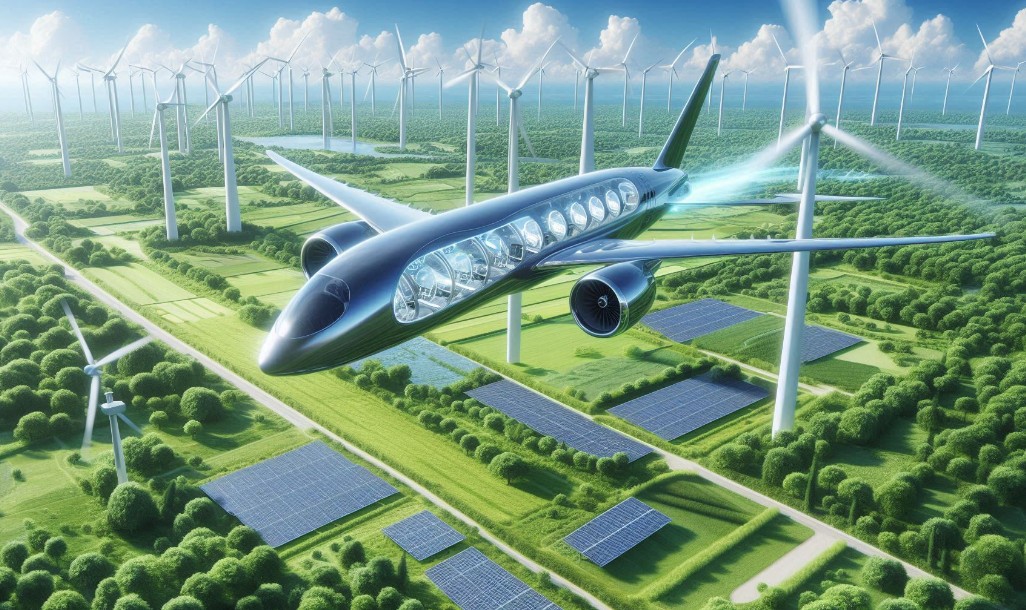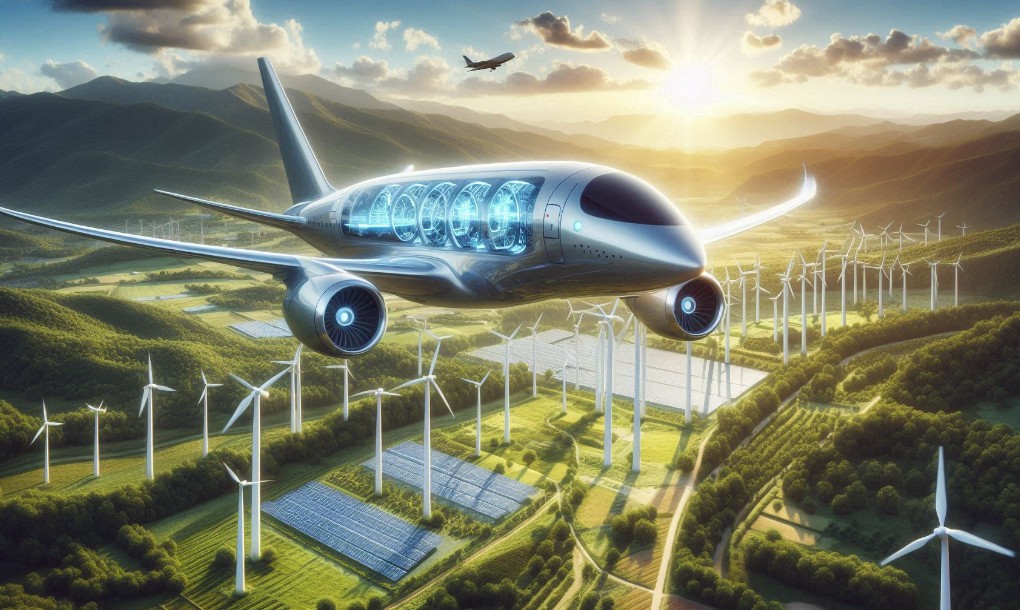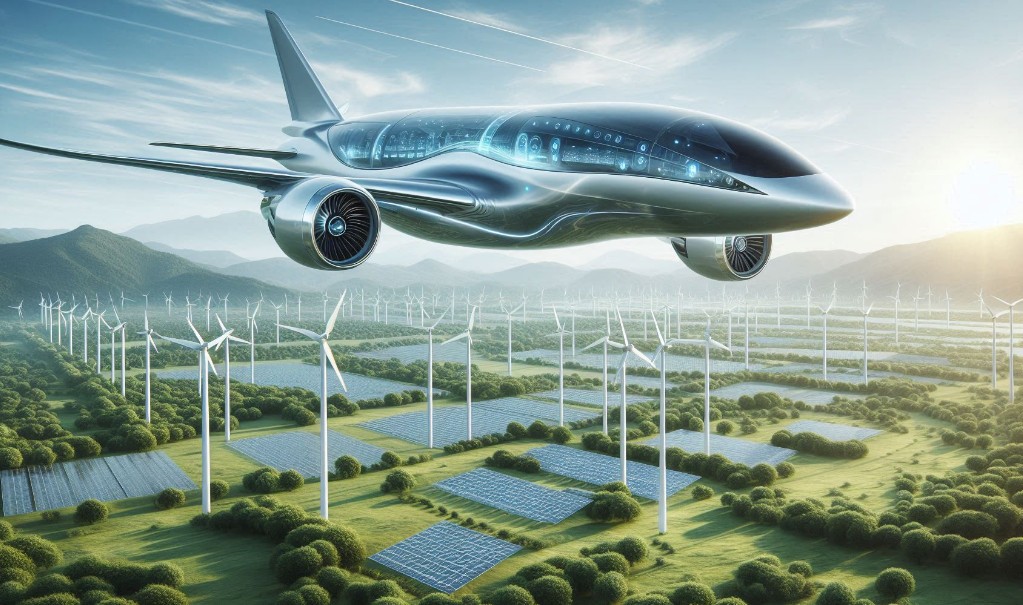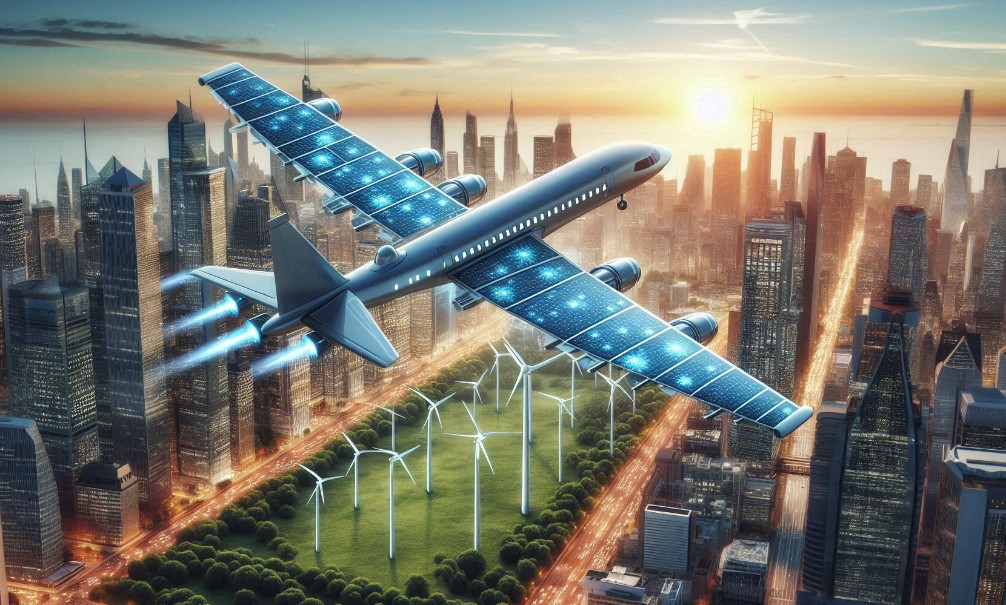In the ever-evolving world of aviation, the integration of cutting-edge technology has become pivotal in enhancing both the efficiency and the experience of air travel. From innovative safety measures to advanced passenger comforts, modern airplanes are equipped with a plethora of technological advancements that set new standards in the industry.
Safety remains the foremost priority in aviation, and recent technological strides have significantly bolstered this aspect. Modern aircraft are now equipped with enhanced navigation systems, real-time weather monitoring, and sophisticated autopilot capabilities. These improvements not only streamline flight operations but also ensure a safer journey for all onboard. Artificial intelligence and machine learning are increasingly being utilized to predict and mitigate potential issues before they arise, further cementing the reliability of air travel.
Passenger comfort and convenience have also seen remarkable improvements. In-flight entertainment systems have transformed from basic screens to fully interactive, personalized experiences, offering a vast array of movies, TV shows, and even live streaming services. High-speed internet connectivity is becoming a standard feature, allowing travelers to stay connected with the ground and enhancing the overall travel experience.
The design and engineering of airplane cabins have also evolved, focusing on maximizing space and comfort. Innovations such as noise-canceling materials, advanced climate control systems, and ergonomic seating arrangements contribute to a more pleasant and restful flight. Moreover, the introduction of smart technologies, such as personalized lighting and temperature settings, allows passengers to customize their environment to suit their preferences.
Looking ahead, the future of air travel promises even more exciting developments. The ongoing research into electric and hybrid aircraft aims to reduce the environmental impact of aviation, making it a more sustainable mode of transportation. Additionally, the potential of supersonic travel is being revisited, with new designs and technologies striving to make faster-than-sound travel a reality once again.
In conclusion, the advancements in aviation technology are transforming the way we fly, making air travel safer, more comfortable, and more efficient. As these innovations continue to evolve, the sky truly is the limit for what the future holds for airplane technology.

Technology in the Sky: What's New on Airplanes
As the aviation industry continues to evolve, technological advancements are transforming the way we fly. From cutting-edge in-flight entertainment systems to advanced safety features, airplanes are becoming more efficient, comfortable, and connected. Here are some of the latest innovations making waves in the skies.
In-Flight Entertainment and Connectivity
Modern airplanes are equipped with state-of-the-art in-flight entertainment (IFE) systems that offer passengers a wide array of options. From high-definition screens to a vast library of movies, TV shows, and music, these systems ensure that passengers are entertained throughout their journey. Moreover, many airlines now provide Wi-Fi connectivity, allowing passengers to stay connected with family, friends, and work while cruising at 35,000 feet.
Another exciting development is the introduction of augmented reality (AR) features in IFE systems. Passengers can use AR to explore their flight path, view the landscape below, and even get information about the destinations they are flying over. This immersive experience adds a new dimension to air travel, making it more engaging and informative.
Advanced Safety and Efficiency
Safety is paramount in aviation, and recent technological advancements are enhancing the safety of flights. One such innovation is the implementation of predictive maintenance systems. These systems use data analytics and machine learning to predict potential equipment failures before they occur, allowing airlines to address issues proactively and reduce the risk of in-flight malfunctions.
Additionally, the adoption of next-generation aircraft materials is contributing to improved fuel efficiency and reduced environmental impact. Lightweight composite materials, such as carbon fiber-reinforced polymers, are being used to build aircraft structures, resulting in significant weight reductions and lower fuel consumption. This not only reduces operational costs for airlines but also helps in decreasing the carbon footprint of air travel.
Moreover, the integration of electric and hybrid propulsion systems is on the horizon, promising a greener future for aviation. These systems aim to reduce reliance on fossil fuels and minimize emissions, paving the way for more sustainable air travel.
In conclusion, the latest technological advancements in the aviation industry are revolutionizing the flying experience. From enhanced in-flight entertainment and connectivity to advanced safety measures and increased efficiency, these innovations are setting new standards for what passengers can expect when they take to the skies.

In-Flight Connectivity: Staying Connected at 35,000 Feet
Modern air travel has evolved far beyond just transporting passengers from one point to another. Today, staying connected while soaring through the skies has become an expectation rather than a luxury. In-flight connectivity is a rapidly advancing technology that ensures passengers can remain in touch with the world below, even at 35,000 feet.
There are several key aspects to in-flight connectivity that are worth exploring:
-
Wi-Fi Availability:
Most major airlines now offer Wi-Fi services on their flights. These services allow passengers to browse the internet, check emails, and even stream content. The availability of Wi-Fi can vary based on the airline and the type of aircraft, but the trend is moving towards universal connectivity.
-
Technology Used:
In-flight Wi-Fi relies on two main types of technology: air-to-ground and satellite. Air-to-ground systems use cell towers on the ground to provide internet access, while satellite systems connect to satellites orbiting the Earth. Satellite-based systems are more common on international flights, providing broader coverage over oceans and remote areas.
-
Speed and Reliability:
The speed and reliability of in-flight Wi-Fi have significantly improved in recent years. Early versions were often slow and prone to interruptions, but modern systems offer speeds that can rival ground-based internet. Airlines are continuously upgrading their equipment to ensure a smoother and faster connection.
-
Cost:
While some airlines offer free Wi-Fi, especially on domestic flights, others may charge a fee. The cost can vary widely, with some airlines offering different packages based on the duration of the flight or the amount of data used. Frequent flyers and business travelers often have access to premium plans or loyalty program benefits that include complimentary Wi-Fi.
-
Future Developments:
The future of in-flight connectivity looks promising with advancements in 5G technology and new satellite networks like SpaceX's Starlink. These innovations promise to bring even faster and more reliable internet to the skies, making it easier for passengers to stay connected no matter where they are flying.
In-flight connectivity is not just about convenience; it's about enhancing the overall passenger experience. As technology continues to advance, the dream of seamless, high-speed internet at 35,000 feet is quickly becoming a reality.

Advanced Avionics: Enhancing Safety and Efficiency
Modern airplanes are equipped with advanced avionics systems that significantly enhance both safety and efficiency in the skies. These systems include sophisticated navigation, communication, and monitoring technologies that provide pilots with real-time data and support for critical decision-making processes.
One of the key components of advanced avionics is the Automatic Dependent Surveillance-Broadcast (ADS-B) system. ADS-B allows aircraft to broadcast their position, velocity, and other vital information to air traffic control and other nearby aircraft. This technology improves situational awareness and reduces the risk of mid-air collisions, especially in congested airspace.
Another crucial advancement is the implementation of Enhanced Ground Proximity Warning Systems (EGPWS). These systems use GPS data and onboard terrain databases to provide pilots with alerts about potential ground hazards, such as mountains or buildings. EGPWS has been instrumental in preventing controlled flight into terrain (CFIT) incidents, which were a significant cause of aviation accidents in the past.
Avionics have also transformed cockpit operations with the advent of Glass Cockpits. Traditional analog instruments have been replaced by digital displays that integrate flight data, navigation information, and engine performance metrics. These glass cockpits not only streamline the information presented to pilots but also enhance operational efficiency by reducing the workload and minimizing the chances of human error.
Furthermore, modern aircraft are now equipped with Flight Management Systems (FMS), which automate various in-flight tasks. FMS can calculate optimal flight paths, manage fuel consumption, and adjust engine settings to ensure maximum efficiency. This automation not only improves fuel economy but also allows pilots to focus more on strategic aspects of flight management and safety monitoring.
Communication advancements have also played a significant role in enhancing aviation safety. The introduction of Controller–Pilot Data Link Communications (CPDLC) provides a text-based communication channel between pilots and air traffic controllers. This system reduces the dependency on traditional voice communications, minimizing misunderstandings and improving the clarity of instructions, particularly in busy airspace.
In summary, advanced avionics systems are a cornerstone of modern aviation, driving significant improvements in safety and efficiency. By leveraging technologies such as ADS-B, EGPWS, glass cockpits, FMS, and CPDLC, the aviation industry continues to push the boundaries of what is possible in terms of safe and efficient flight operations.

Passenger Comfort: Innovations in Cabin Design
The aviation industry continually strives to enhance passenger comfort, transforming the in-flight experience with cutting-edge cabin designs. Airlines are investing in new technologies and reimagining traditional concepts to provide a more pleasant and enjoyable journey for travelers.
Seating Comfort
Modern aircraft seating has evolved significantly, offering more than just a place to sit. Some of the latest innovations include:
- Lie-flat seats: Common in business and first class, these seats recline fully to form a bed, allowing passengers to sleep comfortably on long-haul flights.
- Ergonomic design: Seats now feature advanced ergonomics, providing better lumbar support and reducing fatigue during long journeys.
- Extra legroom options: Economy class is seeing improvements with extra legroom seats, giving passengers more space to stretch out and relax.
- Adjustable headrests and footrests: These features enhance comfort by allowing passengers to customize their seating position to their preference.
In-Flight Entertainment and Connectivity
Entertainment and connectivity are critical components of passenger comfort. Recent advancements in this area include:
- High-definition screens: Personal screens with HD resolution provide a better viewing experience for movies, TV shows, and games.
- Wireless entertainment systems: Passengers can now connect their devices to the aircraft's entertainment system, allowing for a personalized experience.
- In-flight Wi-Fi: Improved Wi-Fi technology ensures faster and more reliable internet access, enabling passengers to stay connected with the world below.
- Streaming services: Some airlines offer access to popular streaming services, giving passengers a wide variety of content to enjoy.
These innovations in cabin design reflect a commitment to enhancing passenger comfort, making air travel more enjoyable and accommodating the needs of modern travelers. As technology continues to advance, we can expect even more exciting developments in the future.
